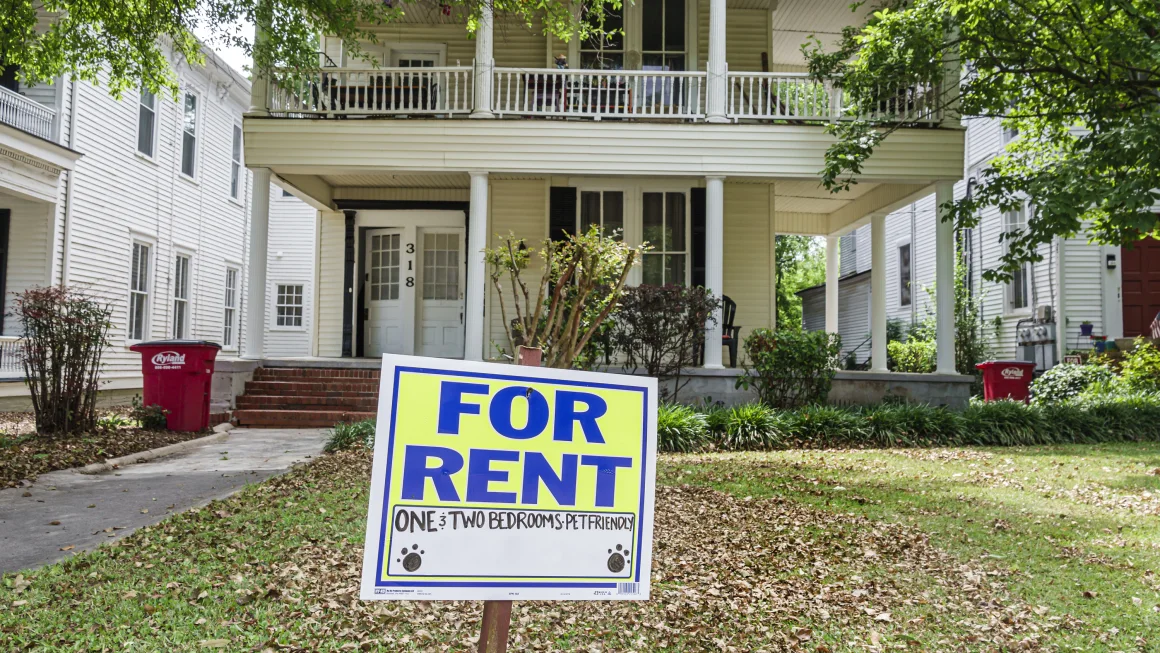A significant proportion of U.S. renters face high housing costs, with nearly half spending over 30% of their income on rent. This figure, which defines those as “cost-burdened” by rent, highlights the increasing financial strain many Americans feel as housing prices continue to climb. While wages have stagnated for many, the cost of living, especially in urban areas, has soared.
This issue is most prevalent in cities like New York, Los Angeles, and San Francisco, where rents have skyrocketed in recent years. Many renters, particularly low- and middle-income individuals, struggle to balance essential living costs like food, healthcare, and transportation while paying rent. This financial burden exacerbates inequality, with marginalized communities disproportionately affected.
Additionally, the pandemic-induced housing crisis has worsened the situation. As more people work from home, the demand for housing in suburban and rural areas has increased, pushing prices even higher. With the rising cost of living, renters face tough choices, including moving to less desirable areas or cutting back on basic necessities.











